Eriocaulaceae is a family of plants that includes over 1000 species. One interesting story about this family involves a rare species called Eriocaulon decangulare. This plant was once thought to be extinct, as it had not been seen in the wild for over 70 years. However, a botanist named Walter Kittredge rediscovered it in 1982 while exploring a remote area in Georgia. Since then, this species has been the subject of intense conservation efforts, and it is now being grown in botanical gardens around the world. The rediscovery of Eriocaulon decangulare serves as a reminder of the importance of preserving biodiversity and the potential for unexpected discoveries in even the most remote corners of the world.
Picture
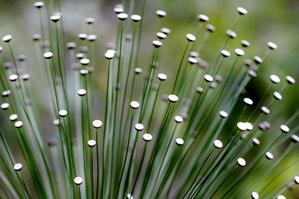
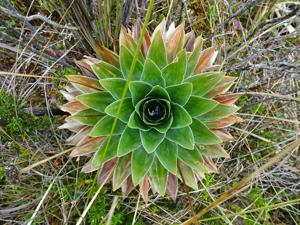
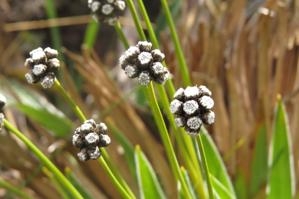
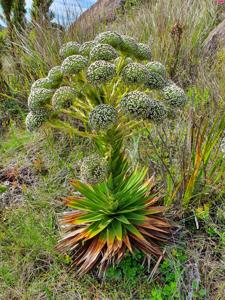

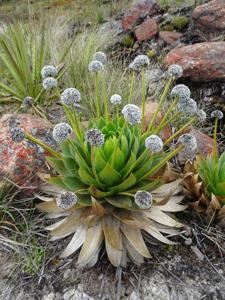
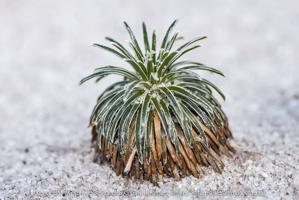
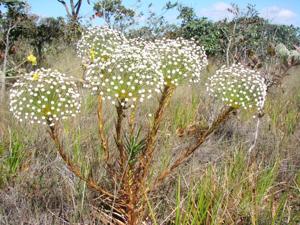
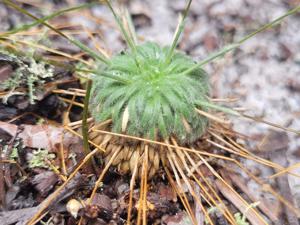
Plant some seeds now!
Short Description
The Eriocaulaceae are a family of monocotyledonous flowering plants in the order Poales, commonly known as the pipewort family. The family is large, with about 1207 known species described in seven genera. They are widely distributed, with the centers of diversity for the group occurring in tropical regions, particularly the Americas. Very few species extend to temperate regions, with only 16 species in the United States, mostly in the southern states from California to Florida, only two species in Canada, and only one species (Eriocaulon aquaticum) in Europe. They tend to be associated with wet soils, many growing in shallow water. This is also reported from the southern part of India and the regions of Western Ghats hot spots.
The species are mostly herbaceous perennial plants, though some are annual plants; they resemble plants in the related families Cyperaceae (sedges) and Juncaceae (rushes), and like them, have rather small, wind-pollinated flowers grouped together in capitulum-like inflorescences.
Genera
Actinocephalus
Comanthera
Coracoralina
Cryptanthella
Eriocaulon – pipewort
Floralia
Giuliettia
Gnomus
Hydriade
Lachnocaulon – bogbutton
Leiothrix
Mesanthemum
Monosperma
Nisius
Paepalanthus
Rondonanthus
Syngonanthus
Tonina



